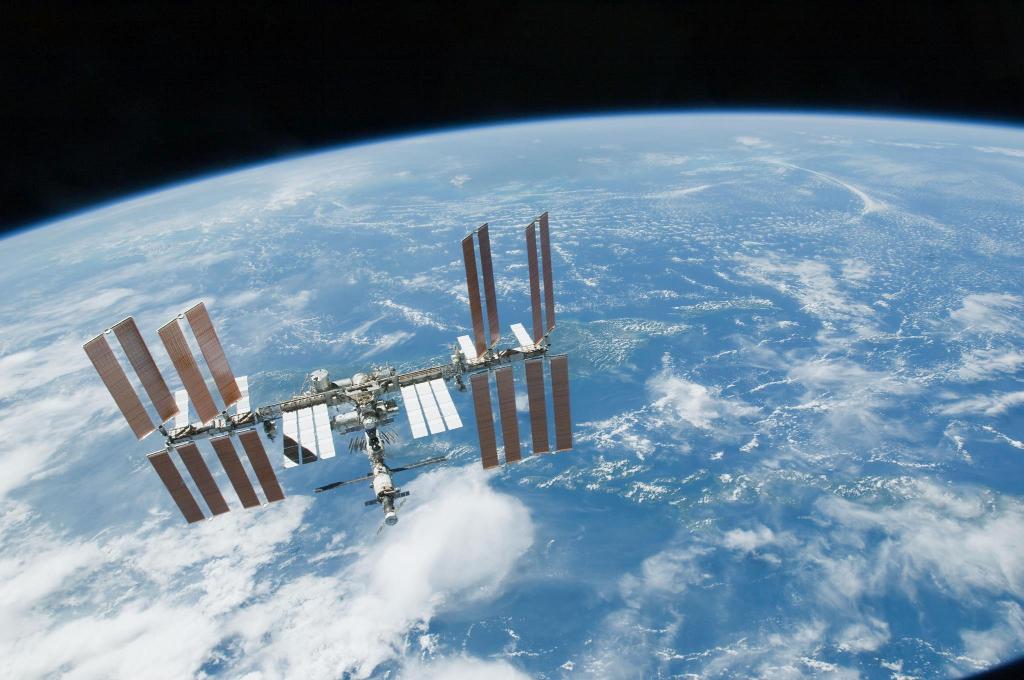Drawing and Photography Intl Contest DPic
credits: Ana Aragão
DPic: Architecture, Art and Image – Utopia500 is an international Drawing and Photography contest based on the concept of “Utopia” and is aimed at undergraduate students and young researchers enrolled at any institution of higher education or research in the world.
Organised by UTOPIA500, in partnership with scopio Editions, Project AAI and the research group CCRE (FAUP), the contest is promoted by CETAPS and the Cultural Association Cityscopio. Institutional support is provided by the University of Porto’s School of Arts and Humanities and School of Architecture, as well as by the Art School of Porto (Escola Superior Artística do Porto) and the UNESCO Literary Town of Óbidos.
Drawing and Photography Intl Contest DPic
credits: Claudio Reis
Aims:
- To help raise awareness within younger generations of the potential for transformation that the idea of utopia represents, while also applying this concept to arts-based fields of study.
- To make young students and researchers of Architecture, Fine Arts and Image aware of the potential impact that their work can have on the peaceful transformation of society.
- To sensitise citizens in general to the need of considering alternative building spaces.
- To promote an understanding of image and its use as a means of representation that allows the development of new ways of understanding and interacting with a wide range of public spaces in the fields of Architecture, City and Territory.
- To prove the advantages of exploring image as a means capable of crossing the boundaries between different problem areas and disciplines within Architecture and Art.
Participants will be able to compete as individuals although we encourage the formation of multidisciplinary teams, composed of members with wide-ranging academic profiles.
Target:
It is, however, mandatory for one participant to be a student of Architecture, the Fine Arts or Image.
Level:
Students enrolled either in higher education or a research centre.
Students enrolled either in higher education or a research centre.
Age:
No member should be older than 35 years of age.
No member should be older than 35 years of age.
Prizes:
The designers of the 20 selected entries will be invited to send their original copies to be exhibited during the 2016 Folio Literary Festival in Óbidos and then later in an itinerant exhibition the Organising Committee intends to set up.
The 20 entries will be included in the catalogue to be published by scopio Editions. The designers of the selected entries will each receive a certificate.
Voting:
The voting process will determine the winner and eventually one or two Honourable Mentions, who will all be awarded a document certifying the judges’ selection.
These designs will then feature on the website for both scopio and CETAPS, in addition to being promoted worldwide via the Utopia500 Facebook page.
The contest winner will receive three copies of the scopio catalogue and the Honourable Mentions shall each be given two.
The contest’s Organising Committee is actively seeking suitable prizes for the winning entry and Hon- ourable Mentions.
DPic Drawing and Photography Intl Contest
Submissions:
The contest involves submitting two A3-size designs, the first showing a part of the city as it is now, and the second a utopian vision of how this same area could be in the future.
Although these must be submitted in design or photograph format, there is no limitation on the blending of the two or on the use of photo manipulation and montage.
Note:
Entries should be submitted by email to dpic.utopia@ gmail.com with the application form attached, along with the two separate design sheets as laid out in Chapter II of these Regulations.
These two files should each be in JPEG or TIFF format, a maximum of 2MB, and be saved as the abbreviated name of the project followed by numbers 1 and 2, respectively. Neither image should contain any form of signature or watermark.
Deadline:
Deadline for submissions 31.07.2016
G-Souto
31.05.2016
Copyright © 2016G-Souto'sBlog, gsouto-digitalteacher.blogspot.com®

Higher Education Arts : Intl Contest DPic Architecture Art & Image - Utopia500by G-Souto is licensed under a Creative Commons Attribution-NonCommercial-NoDerivatives 4.0 International License.
Higher Education Arts : Intl Contest DPic Architecture Art & Image - Utopia500by G-Souto is licensed under a Creative Commons Attribution-NonCommercial-NoDerivatives 4.0 International License.











